Marianne Faithfull thinks things were better in the Swinging Sixties – but is she right?
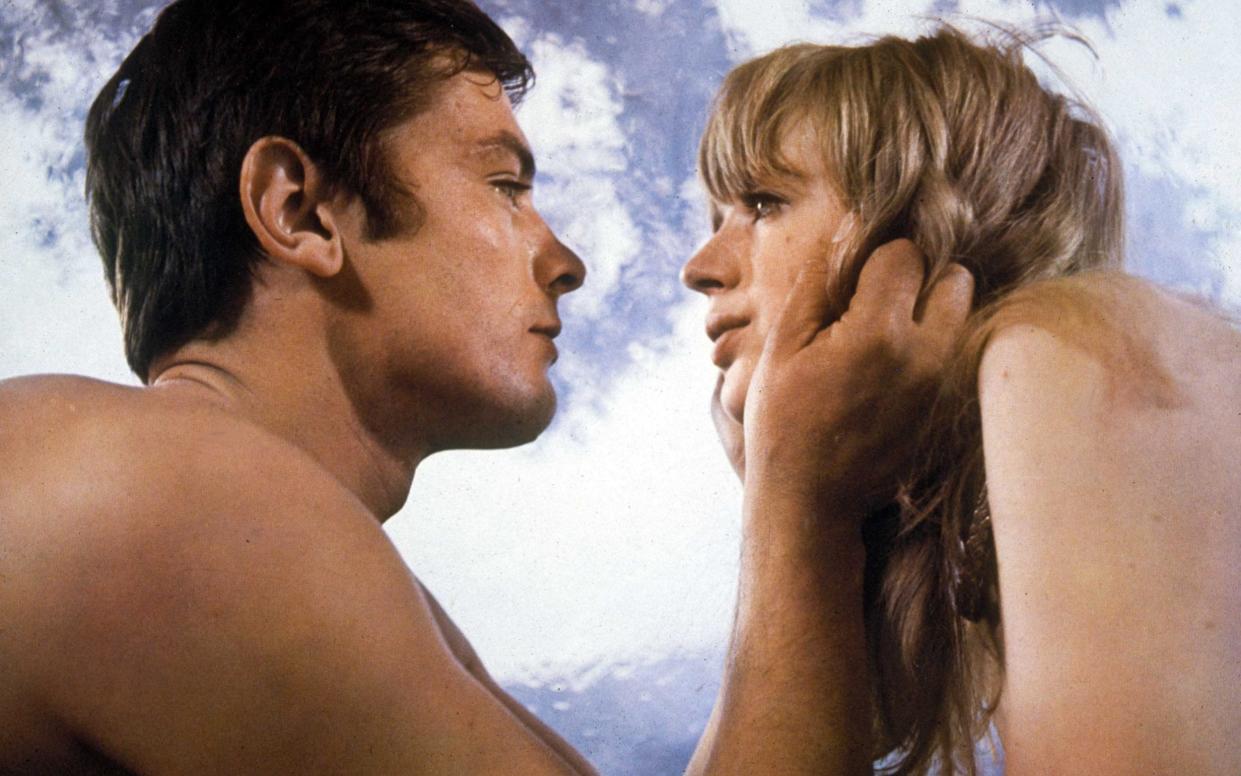
Marianne Faithfull, darling of the Sixties, whiskey-soaked singer, survivor of drug addiction and the ensuing chaos, has recently denounced today’s bohemia as a poor imitation of the wild and carefree days she encountered as a young woman.
Sex, art, music – all were allegedly better 60 years ago according to Faithfull, but do her memories serve her well?
Sex
Talk of the Sixties sexual revolution must start with Philip Larkin’s Annus Mirabilis:
Sexual intercourse began
In nineteen sixty-three
(which was rather late for me) -
Between the end of the Chatterley ban
And the Beatles’ first LP.
More than any cultural consideration, the contraceptive pill introduced in 1961 (but only available to married women until 1967) was the single biggest factor in Britain’s contribution to the sexual liberation that defined the era. Whether the pill had an impact on the quality of sex for most Britons is debatable, though it probably helped take some of the stress out of it.
Marianne Faithfull, London culture’s ultimate “it girl”, has claimed sex was superior in the Sixties to today. “Sex was hotter, too – more repressed,” she wrote in a foreword of a new book Queens of Bohemia: And other Miss-fits. Not being privy to the sex life of the 77-year-old actor and musician, it is hard to tell if she has anything to compare it to. It’s not particularly revelatory to suggest the sex you had in your 20s was up there with the best of your life.
The role of sex in the Sixties is emblematic of how the period is being reassessed. How to judge the greatness of Sixties hanky panky always hits the same problem – the difference between the experiences of the majority of Britons and those of a tiny minority (numbering only in hundreds) who enjoyed the kind of ultra-privileged existence Faithfull had in London; making records, acting and hanging out with Mick Jagger at the Bag ‘O Nails.
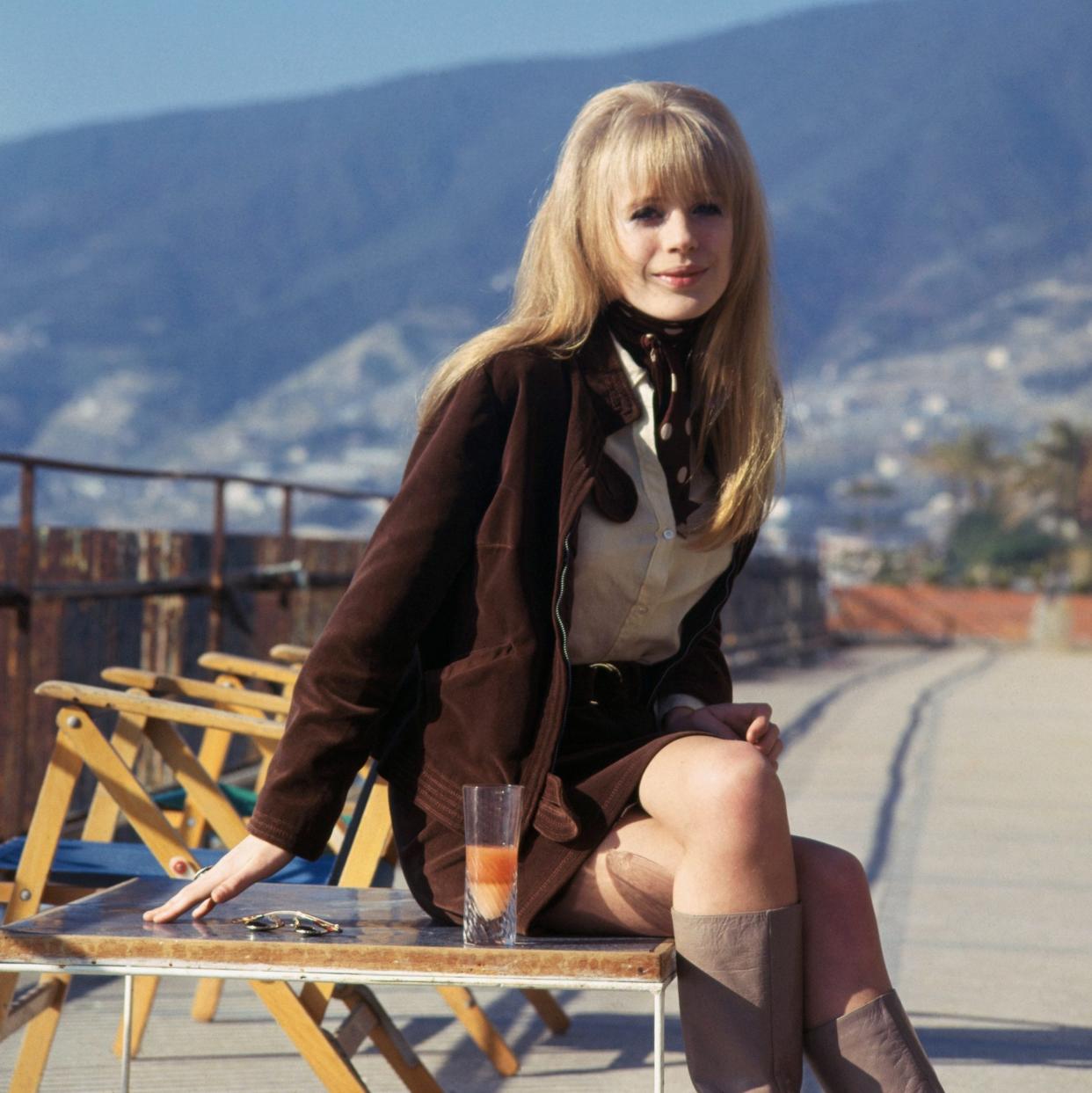
There’s no doubt the second half of the Sixties, particularly in London, was a period of enormous creativity, openness and vibrancy, powered by the social mobility of the post-war baby boom. But for much of the country, it was as drab and traditional as it had been in the Fifties – and this would have been the case for sexual relations, too.
As Dominic Sandbrook says in White Heat: A History of Britain in the Swinging Sixties, “Change often came slowly to provincial towns and rural villages… Many of the best-known changes of the period, like the growth of television, the introduction of the mini-skirt or the development of the Pill, provoked considerable unease or anger in some sections of the population.”
Sex may have been better because, in Faithfull’s opinion, it was more “repressed”, but today we face the opposite problem. Sex is, thanks to the internet, available on demand and in infinite variety. However, a recent survey has revealed that levels of sexual satisfaction have also increased in the UK with 56 per cent reporting physical satisfaction and 51 per cent emotional satisfaction, a rise of 21 per cent and 12 per cent respectively since 2006. There’s also been a 64 per cent rise in the number of Britons buying sex toys since 2017. So Faithfull might have a point after all.
Music
As with sex, music is a matter of personal taste. That aside, there are two seismic differences between the Sixties and today. The first is that, undeniably, the decade produced a parade of British creative powerhouses who not only became international ambassadors for our culture, but generated some of the great works of art of the period. The confluence of older forms of artistry that formed the Beatles in particular – blues, early rock’n’roll with British music hall and folk – also influenced The Kinks, The Who and others and led to a genuine renaissance that has had a more lasting impact than any of the other creative movements evident at the time. Britain does possess its fair share of international superstars today such as Adele and Ed Sheeran, but they more often reflect an algorithmic supply and demand rather than forming part of a bold, innovative movement.
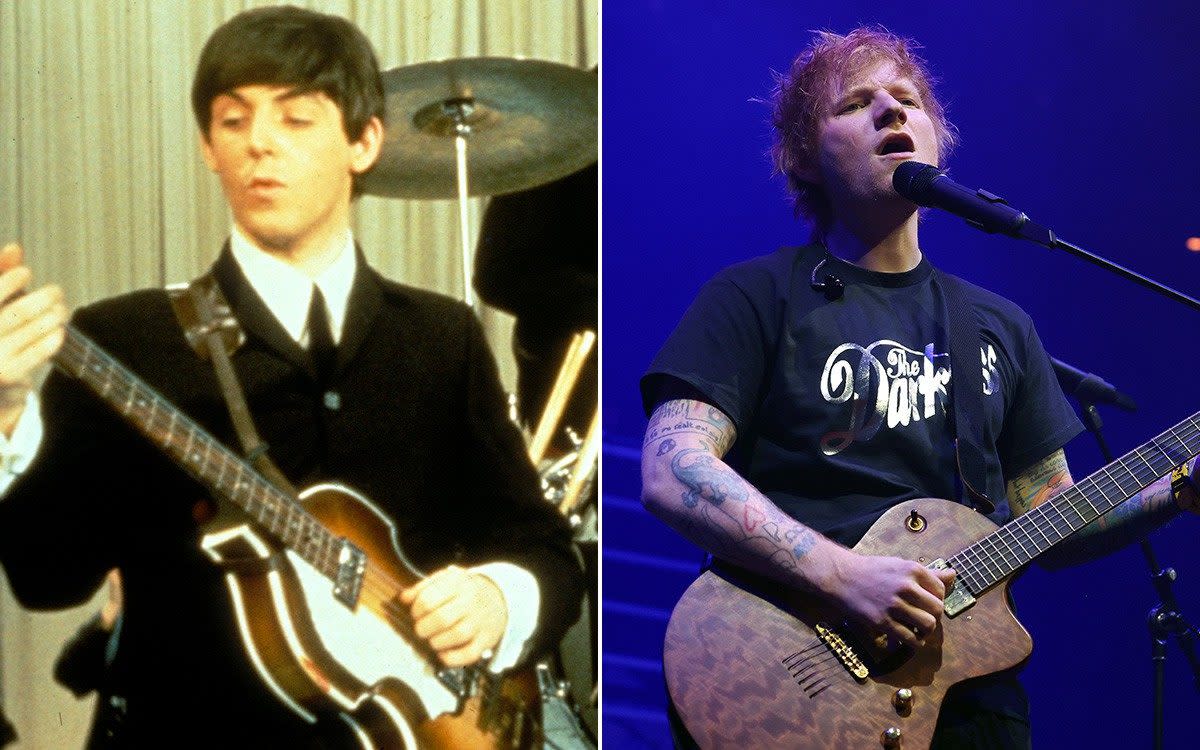
When Faithfull speaks of bohemia, she is speaking less of these musicians and more about those around the margins of the scene, the avant garde artists and writers who flirted with figures such as Paul McCartney and Jagger. Psychedelic clubs of the time, such as UFO, performed exactly the same function as pop-up clubs do now – to give young people a few hours to lose their minds. They were no more bohemian or experimental than the clubs that dominated the Nineties and Noughties.
But the other big difference between then and now is that music is simply less central to people’s lives, a decline in significance that has been mirrored by its total corporatisation, something the wave of dewy-eyed young things who emerged from the baby boom are bound to find distasteful. Whether music was “better” in the Sixties – like sex – depends on the criteria. It certainly mattered more.
Fashion
When Marianne Faithfull talks about fashion, the world would do well to listen, because she knows of what she speaks. Like Jane Birkin, she was that rare thing: a true original, with a distinct and unique personal style that is all the more impressive because it was arrived at without the aid of a personal stylist, that modern accoutrement without whom most of today’s A-listers would look far worse than they do.
Faithfull’s style was innate. She threw things on with the same wild abandon that characterised the rest of her life, adding oversized sunglasses and a feather boa to a tailored jacket, or wearing a wide-brimmed hat with a frilly shirt and dress trousers. “For the world in general, she is the flowing-haired, miniskirted, convention-knocking epitome of the drug generation it cannot understand,” wrote one British journalist in 1967. More than 50 years later, she is still inspiring “it girls” new and old, including Kate Moss, Alexa Chung and Zoe Kravitz.
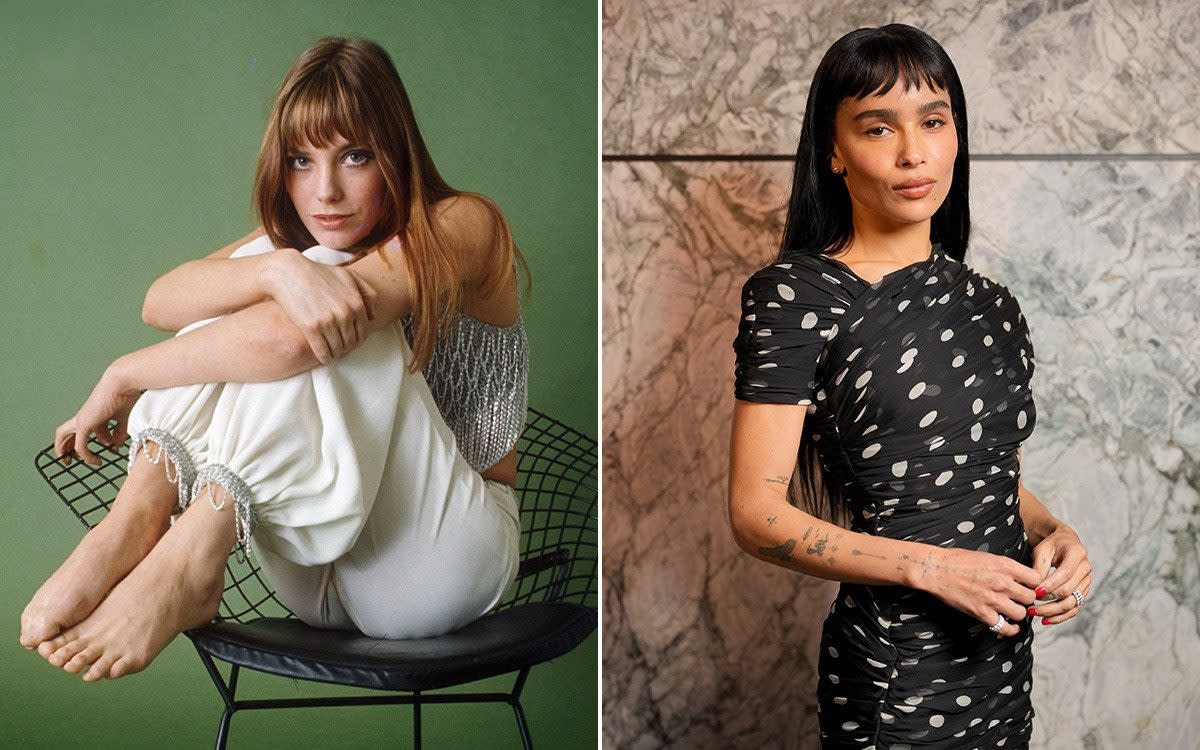
Even if vintage clothing wasn’t currently undergoing a renaissance (sustainability concerns have led to a boom in the luxury resale market, while resale sites like Depop and Vinted have found favour with cash-poor Gen Z), it would be futile to argue that today’s bohemian fashion is superior to the original sixties version. Even the designers currently leading the “boho” revival, such as Chloé’s Chemena Kamali, would likely concede that they’re inspired by archive pieces from the original bohemian period. On a practical level, clothes were better made in the sixties: there were no fast fashion brands churning out “boho-on-a-budget” studded belts, blouses and waistcoats for £9.99. But more than this, bohemian fashion was a faithful product of its time, its colours, prints and quirks reflecting the freedom of the era.
Art
“I was happier back in the old bohemia,” says Faithfull. “Art was more intense, purer. And there was a genuine intellectual bohemia instead of this hipster-lite culture we have today.
It was much smaller, much more authentic.” To paraphrase another Sixties icon, Mandy Rice-Davies, “She would say that wouldn’t she?”.
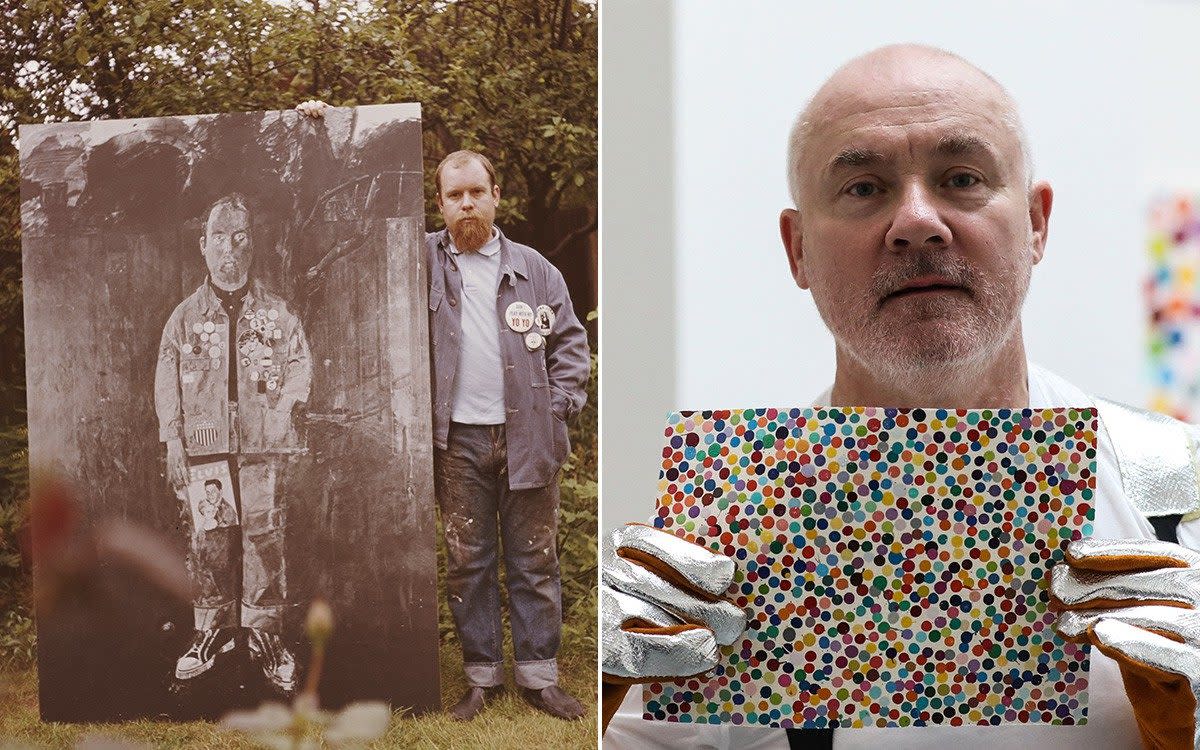
As with music, taking any step backwards in time reminds you that all the creative industries were less vulnerable to the rigid demands of the market. That’s not to say that art or music were not about making money in the Sixties, but that they had the appearance of an organic scene free enough to explore new ideas. In Britain, the pop art of Richard Hamilton, David Hockney and Peter Blake possessed the same fresh feel of their musical peers, in part because these artists were not from London. Faithfull is right to say these artists imbued their work with a seriousness and intellectual weight much of today’s art does not possess. But then as now, the art market was for the rich and the few and the idea that London’s bohemia was populated by wide boys from the industrial north is a fantasy. If you count an abusive encounter with a sozzled Francis Bacon or Lucien Freud in a Soho drinking pit as “genuine” then you probably would love it.
Also like music, art in 2024 is diffuse and even more marginal. Those who buy fine art are from an ever smaller pool of ever richer and more elusive collectors. To an extent, all British contemporary art sits in the shadow of the YBA (young British artists) of the Nineties, the last time it was culturally and internationally mainstream, however contrived that might have been. It’s hard to know exactly what Faithfull knows about the real bohemia of 2024 for comparison because, by definition, if it truly is bohemian it would be too out there for her to be aware of it. Faithfull’s use of the word “hipster” doesn’t help her point, since hipsters haven’t been a thing since 2009. What does suggest she is onto something however, is the lack of discernible movements in current culture you could put a name to.
Lifestyle
In 1966, Marianne Faithfull was with Keith Richards when his Sussex house got busted for drugs. She was caught wrapped in a fur rug. Although she speaks eloquently about the harm she suffered with her subsequent addictions, Faithfull wrapped up Cleopatra-style on the floor of a Rolling Stones’ house is about the most glamorous and most transgressive image of bohemia you could wish for. As for the rest of the country, it’s more complicated.
“Looking back, one can see Swinging London as a mass delusion, a world of endlessly self-aggrandising mythologies,” wrote Roger Miller in 1999. “If there was novelty, it was not in the much acclaimed but barely supportable ‘classlessness’, but in the creation of a massively successful media myth, a mix of pop sociology and the propagandist’s chestnut: the big lie.”
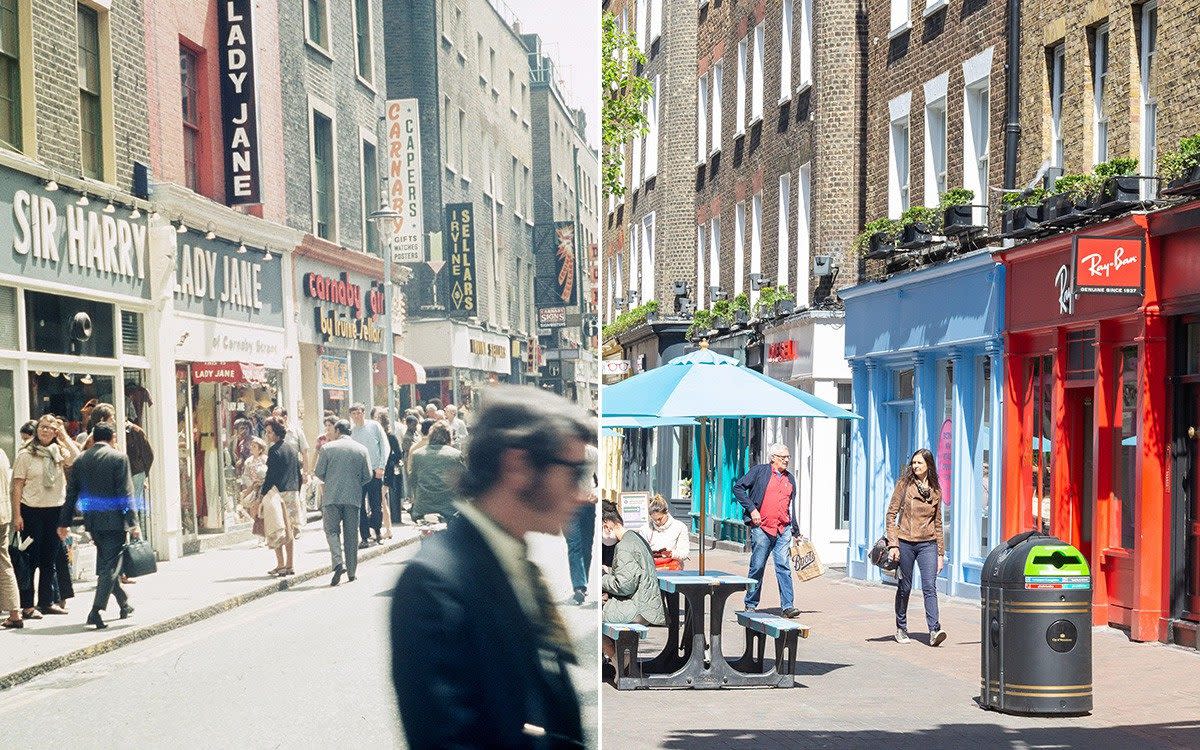
In the late Sixties, life for most people – regardless of circumstance – was slower than now. Britain was less crowded and there was full employment. Society was more stable and thanks to the baby boom, probably more meritocratic than now. Britain’s industrial workforce has been transformed into a service workforce – each brings stresses and strains that make life challenging. The digital age savages our mental health and probably diminishes the chances of the kind of creative movement emerging that Faithfull remembers. Minds don’t come together like that anymore. Many of the few genuine hippies around in the late Sixties went on to become entrepreneurs and plutocrats in the Eighties.
But average life expectancy is now just over 80. In 1967 it was just over 71. Back then the food was truly terrible, everyone smoked 40 cigarettes a day and until 1967 homosexuality was illegal. Most women were still beholden to their husbands. Horses for courses. It isn’t “slick pseudo-hipsters” who ruined bohemia, as Faithfull claims. Bohemia is just the spirit animal of business. Where the money goes, bohemia follows.


